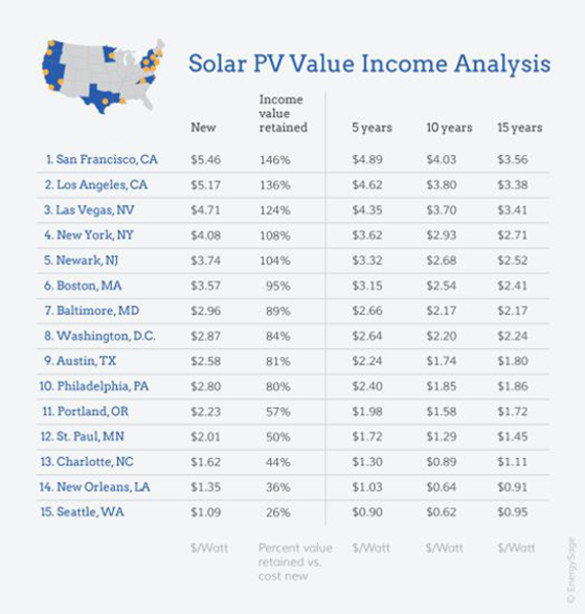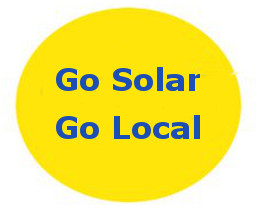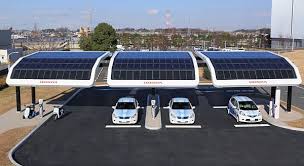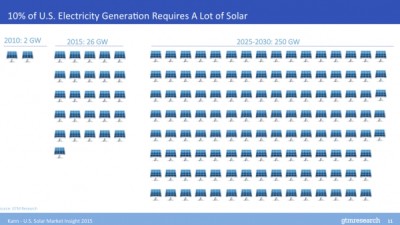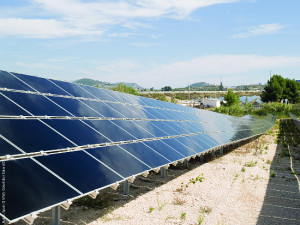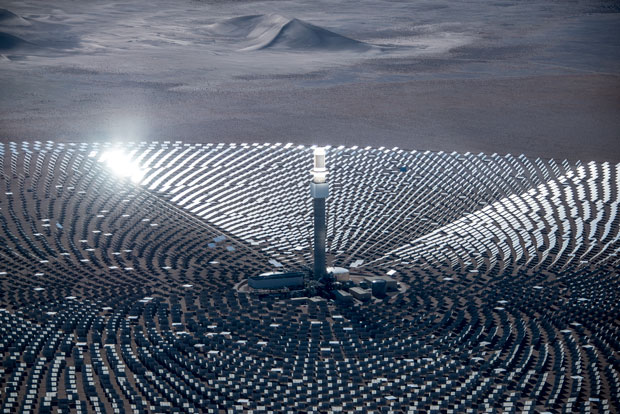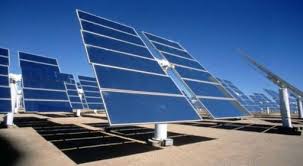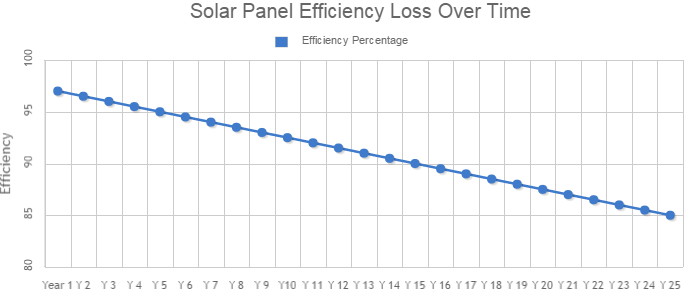Ahead of the Paris Climate Conference (starting November 30, 2015), Mark Jacobson’s plan to help 139 of the world’s largest countries convert to clean, renewable energy is getting more attention.
Mr. Jacobson, a professor at Stanford University, originally developed this plan with Mark A. Delucchi in 2009. The proposal has seen much press since then, appearing in Scientific American and the journal Energy Policy as well as many others.
This plan is very similar to the one proposed for the U.S. In both plans, it is disclosed how locations can utilize geographically specific sources of renewable energy to provide all of the power that is required. Of the ten specific ways to generate renewable energy, wind and solar energy typically comprise a large majority of the energy generation in any given location.
Mark’s plan shows many positives in transitioning the world to one that is based on renewable energy technologies. It will –
- Create 24 million 35-year construction jobs and 26.5 million 35-year operations jobs.
- Prevent 4.6 million premature deaths per year due to air pollution.
- Allow for countries to be more energy self reliant, reducing energy related terrorist attacks.
- Build a much more economically and environmentally resilient world.
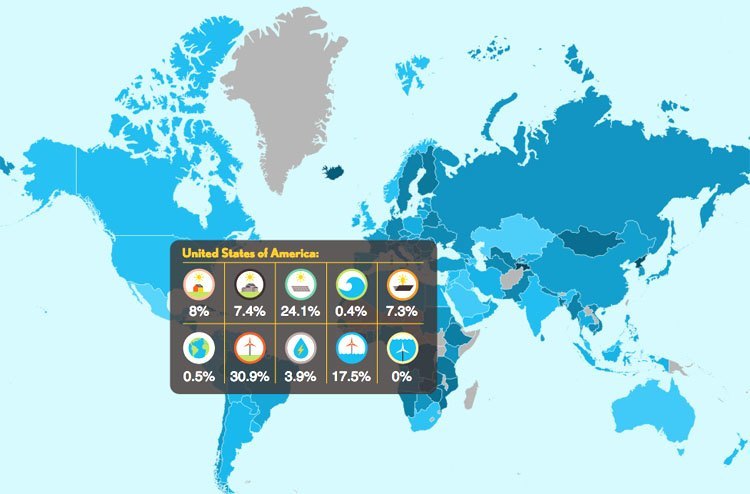
A justifiably common objection to 100 percent renewable energy use is the obvious intermittent nature of these sources of energy. While this may have been a significant concern in the not too distant past, there are now solutions to this problem. Jacobson cites a recent experiment in Canada where 52 homes utilized stored solar energy underground. In this example of solar thermal power, water is heated to 175 degrees Fahrenheit, stored underground and provides heat all winter. This is only one example of non-battery energy storage that can provide cheap energy when the sun isn’t shining and the wind isn’t blowing.
IRENA (The International Renewable Energy Agency) will also propose a plan for increased utilization of renewables in Paris. However, their plan is not quite as bold as Jacobson’s. It calls for a doubling of investment into renewables by 2020 and a tripling by 2030. This would have renewables supplying approximately one third of total energy demand by 2030.
On the other hand, Jacobson says that there are no technological limits to achieving a completely clean power transition in the coming decades. He knows that renewable sources of energy will continue to be utilized as sources of low cost power. He, and many others, realize that the main hurdle for a complete adoption of clean energy is political in nature. Here’s a 100.org link (a campaign supporting Jacobson’s Solutions Project) to the interactive map displaying the renewable energy mixes that each country could use.
The good news is that no matter what happens in Paris, solar power will be used in increasing numbers as its cost and environmental benefits become more widely known.

